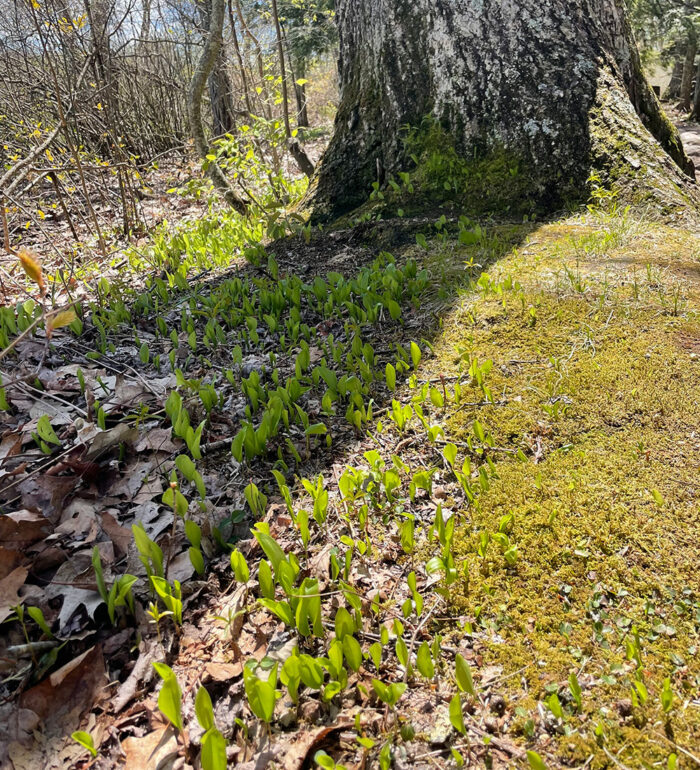
Happy Monday GPODers!
Hope everyone had a beautiful weekend with lots of time spent in the garden. If not in the garden, I hope you at least had an opportunity to go outdoors and enjoy the sights and sounds of spring.
This time of year in Connecticut is the best time to go on hikes and do what I call “plant watching.” Just like bird watching, plant watching simply involves going into nature and observing. (Thankfully you don’t have to worry about sneaking up on or spooking the plants you’re watching.) From the tall trees towering overhead to the fuzzy moss growing on the side of log, just get up close and take in their beauty. No matter how long you’ve been living in an area, you might be surprised by the flora you find.
One of my favorite spots to go plant watching is Little Pond Boardwalk Trail in Litchfield, CT. It’s a quick 1.2 mile (1.9 km) loop on a relatively flat raised wooden walkway across wetlands. Given the time, you can easily make multiple loops and see something new each time around. Below are some photos from a recent trip when new foliage was just beginning to emerge.

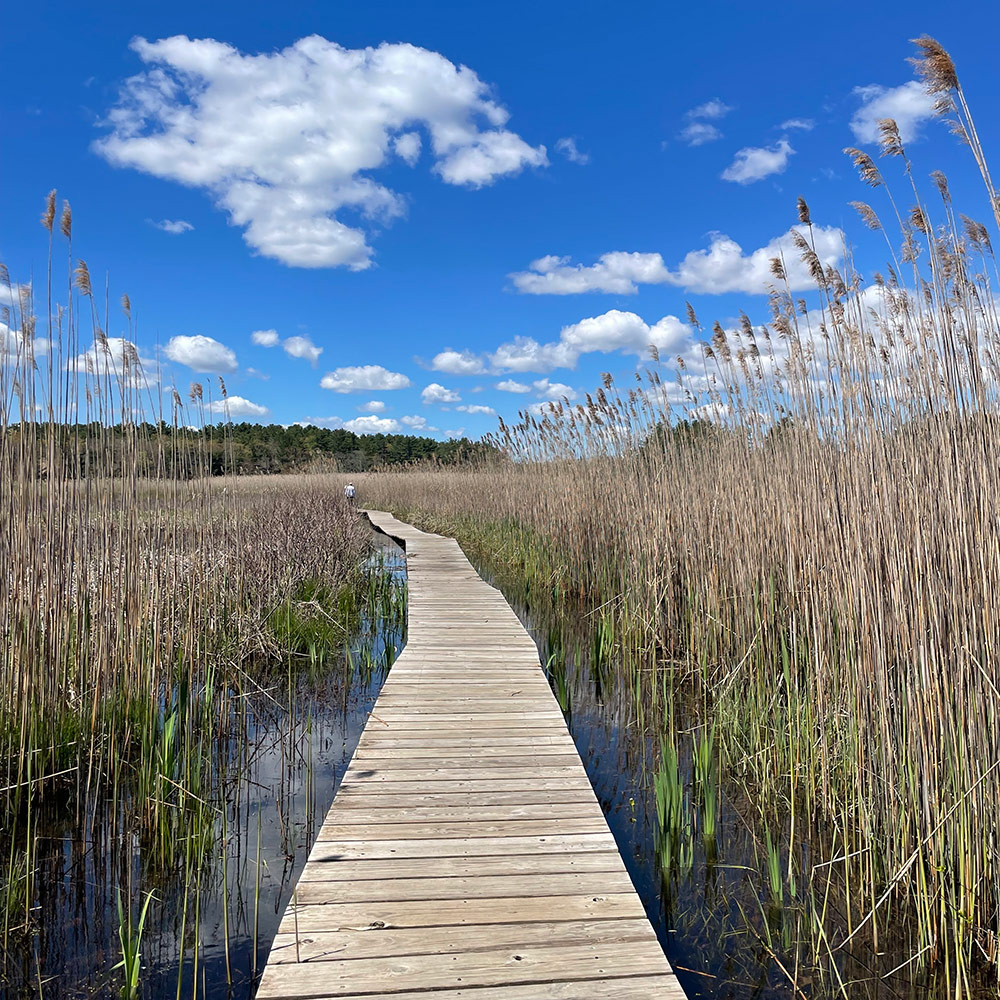
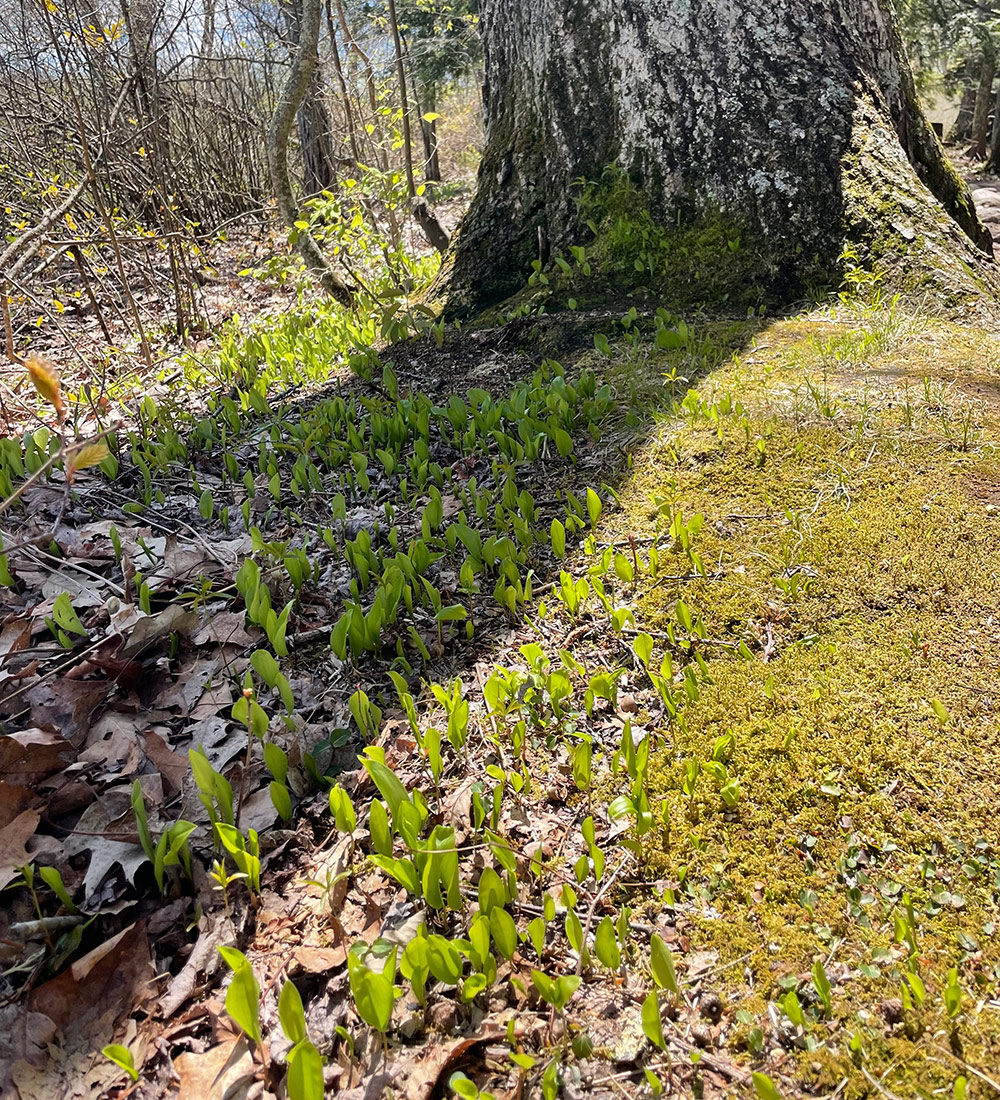
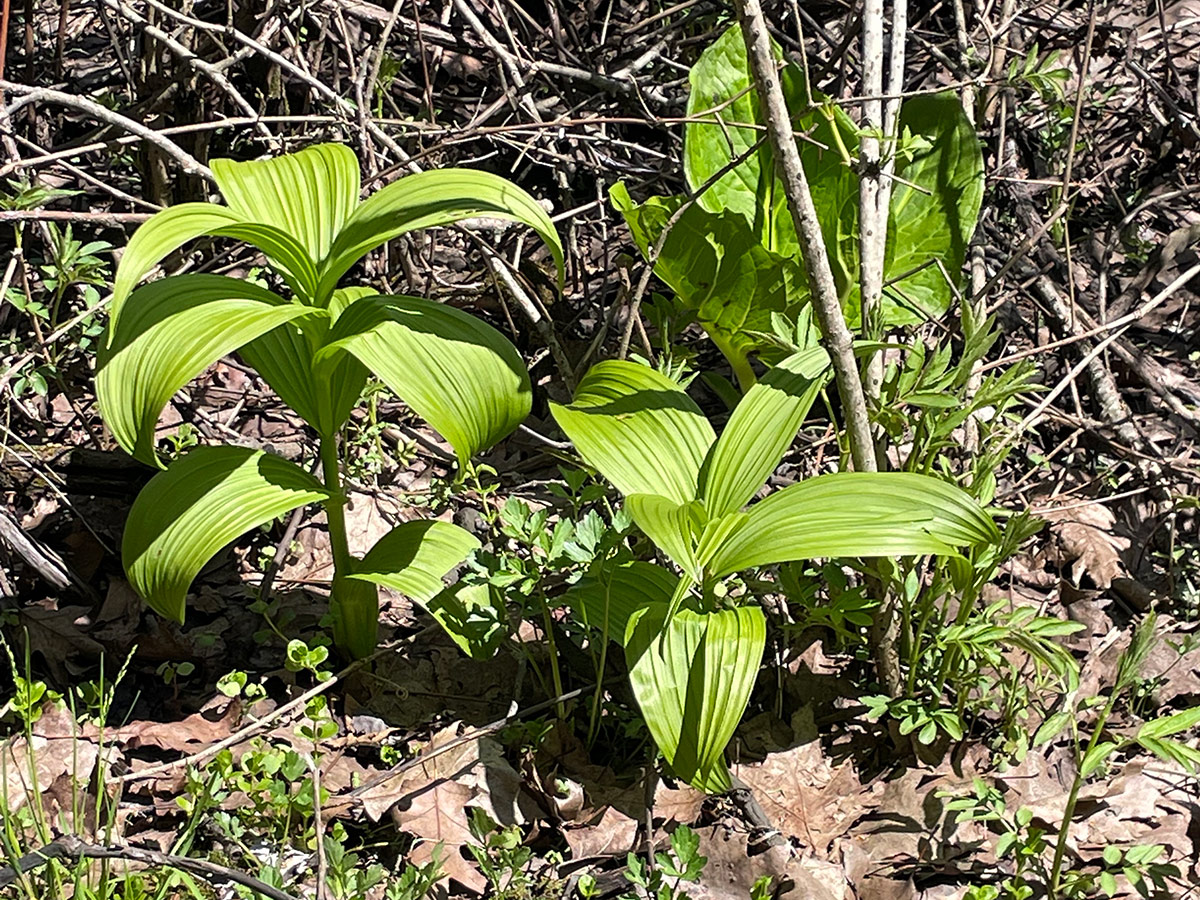
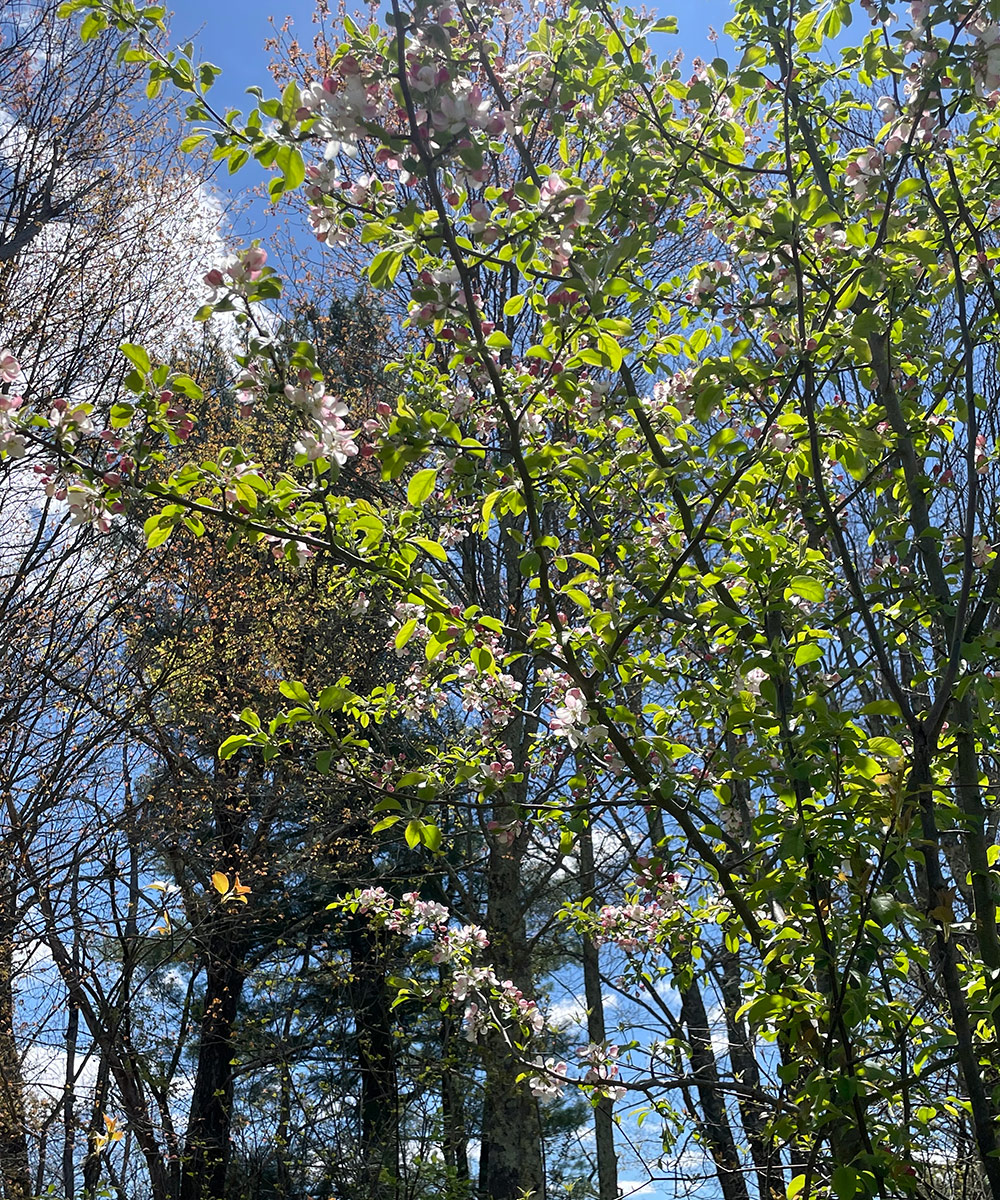
And once the hike is over, plant watching doesn’t need to end! A stop at a local café included a sighting of the classic ‘Emerald Green’ arborvitae (Thuja occidentalis ‘Emerald Green’) and flopping daffodils.
Have you gone plant watching yet this spring? We’d love to see what’s emerging and growing around you. If you have a chance this week, step outside your garden and see what inspiration you can get from plants growing in nature.
Have a garden you’d like to share?
Have photos to share? We’d love to see your garden, a particular collection of plants you love, or a wonderful garden you had the chance to visit!
To submit, send 5-10 photos to [email protected] along with some information about the plants in the pictures and where you took the photos. We’d love to hear where you are located, how long you’ve been gardening, successes you are proud of, failures you learned from, hopes for the future, favorite plants, or funny stories from your garden.
Have a mobile phone? Tag your photos on Facebook, Instagram or Twitter with #FineGardening!
Do you receive the GPOD by email yet? Sign up here.
Fine Gardening Recommended Products

Pruning Simplified: A Step-by-Step Guide to 50 Popular Trees and Shrubs
Fine Gardening receives a commission for items purchased through links on this site, including Amazon Associates and other affiliate advertising programs.

The Nature of Oaks: The Rich Ecology of Our Most Essential Native Trees
Fine Gardening receives a commission for items purchased through links on this site, including Amazon Associates and other affiliate advertising programs.






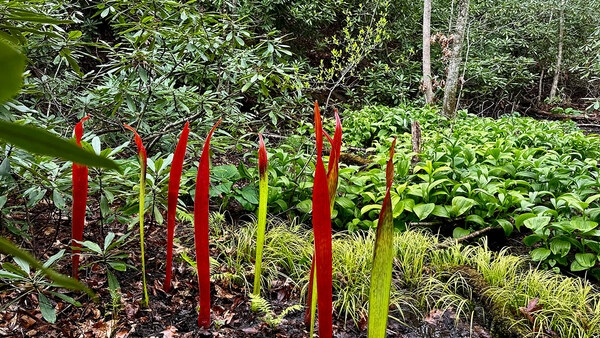













Comments
Thanks for an interesting share! I'm on opposite side of the country, so it's nice to see what a walk in your area is like.
Same here! I love following people on Instagram that live in all kinds of different places. It's always so interesting to see what their landscape and climate looks like compared to what I'm experiencing.
I've wondered for ages what those False hellebore (Veratrum viride, were called! And yes the shaggy bark of that tree is an eye catcher. Thanks for an informative post!
Happy to crack that code for you, Sue! It's a super interesting plant, and a good one to know how to spot—especially if you're with curious little ones or furry companions. Happy plant watching : )
Log in or create an account to post a comment.
Sign up Log in